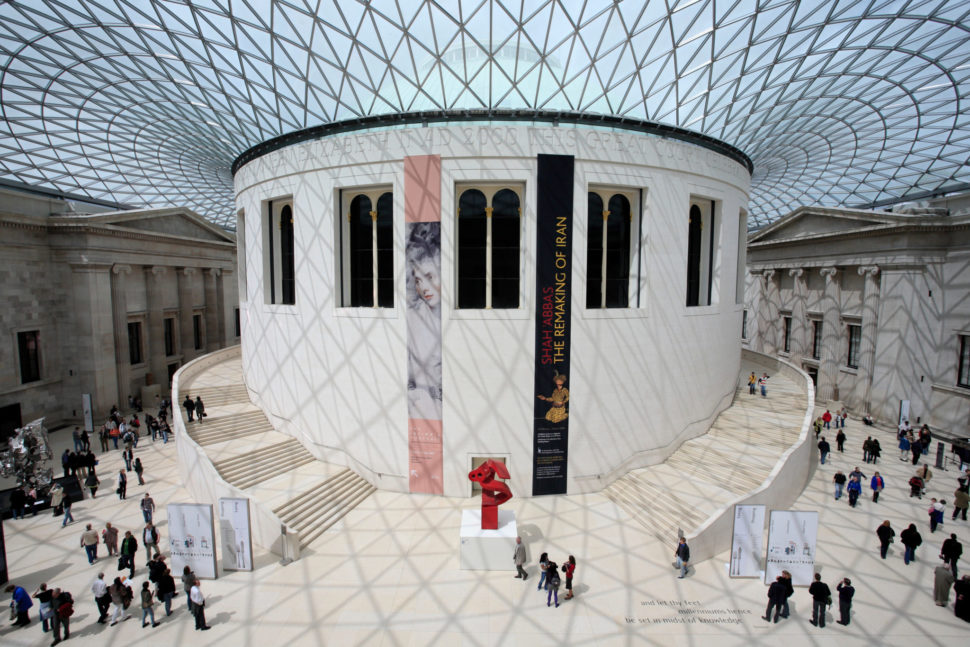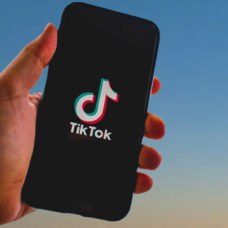Going digital is the way forward for analog businesses, which is why the British Museum is partnering with Google. But, as World Backup Day just showed us, digital archives are at risk, too.
So much of our daily lives take place on a digital plane. Instead of reading the newspaper every morning, many of us just open Twitter or a news app of some kind. So it makes sense that artifacts and museum exhibits would also “go digital”.
Google Arts & Culture also opens up the opportunity to incorporate augmented reality.
But are digital archives the best way to preserve our culture and history?
Democratizing History by Helping Museums go Digital
The British Museum is home to some of the largest collections of unique historical artifacts on the planet. So much so that it loans more items than any other institution in the world.
The British Museum was one of the first buildings to adopt electric lighting. In fact, the building itself is older than the United States of America. Also, it’s one of the largest indoor spaces available on Google Street View.
But one collection (the Alfred Maudslay collection) was kept in storage for more than 100 years. Maudslay was one of the first Europeans to explore sites once home to the Mayan civilization. He used available photographic technology to document their history.
The museum has partnered with Google Arts & Culture to digitize the collection. Putting the cloistered exhibit online allows more people to see Maudslay’s and the Mayans’ legacies.
The collection includes more than 250 glass plate negatives, hundreds of casts, and other items. Now, thanks to the digitization, anyone with an internet connection can access the photos and casts of Mayan culture.

Google Arts & Culture: The VR Experience
Perhaps just as cool as the digitization itself is the incorporation of Google Cardboard.
With this, you can drop into many locations and explore them to learn about their history. Even if you don’t have a Google Cardboard, you can still virtually explore the areas.
Also, building a VR headset yourself isn’t that expensive or difficult.
Of course, Google has come under fire for its other art app attempts. The art face-matching portion of the Google Arts & Culture has its critics, but it still hit #1 on the download list for iOS and Android.

The power of technology means greater access to information including art and history. While Kim Sajet wondered about users getting informed, I wonder about data loss.
By digitizing our culture, are we setting ourselves up for cultural amnesia in a few decades?

The Democratization of Culture Could Come at a Cost
If you’re reading this, you’ve probably experienced a data loss event.
Whether due to an infected computer, a bad hard drive, a power outage, or some other series of unfortunate events, nothing compares to that heart-stopping moment when you realize you’ve lost something important.
The danger of pure digitization is that this may happen to our world history. Think of it: the Mona Lisa, Stonehenge, Egyptian hieroglyphics — gone. Despite precautions taken for natural disasters, hackers could still be a concern.
Even Star Wars shows us that location is the ultimate form of security.
But good archiving might be a better way to avoid another Dark Age. Keeping digital copies as well as the original (or even other facsimiles) could be a better solution to the digitization methods of today.
Dr. Jago Cooper, the Head of the Americas at the British Museum, seems to agree. As he told The Guardian last year:
“Digital, virtual and analogue, here at the museum, coming here to engage with the objects themselves, do not exclude each other, they help each other…”



















Comments (0)
Most Recent